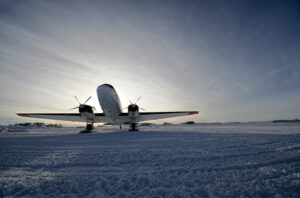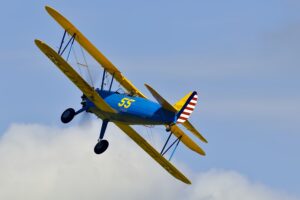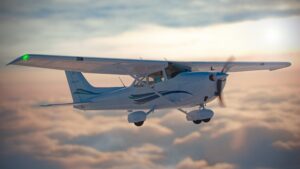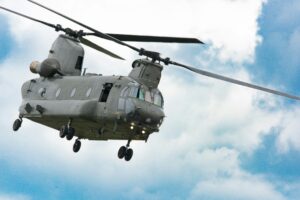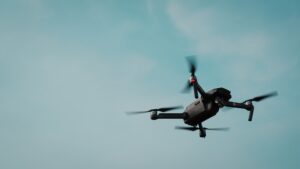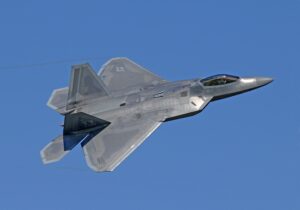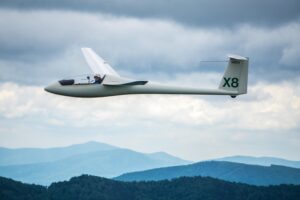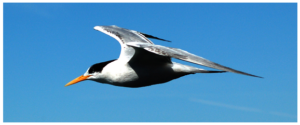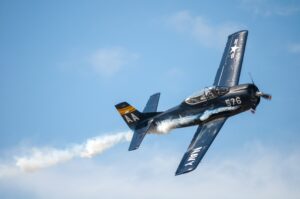The following are submitted questions from inquiring minds and our answers. Check them out before sending in your question(s) via our Contact page.
Click the question to view the answer.
Why does the lower pressure/vacuum break down on the upper surface of the wing?
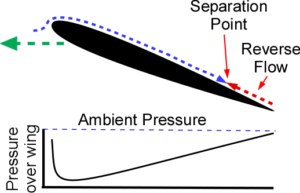
A) The lift on a wing is caused by air being drawn almost straight down by a lower pressure. This lower pressure draws in a layer of air over the wing. The pressure is lowest near the front of the wing and increases toward the trailing edge of the wing. The air is always at a lower pressure, but it is flowing into a higher pressure. It is kind of flowing uphill. If the angle of attack is too great, it runs out of energy before it gets to the trailing edge, and so it separates. If the air that is doing the lifting hadn’t drawn in that, the wing would not have stalled so soon.
For details regarding how the lower pressure, aka vacuum, breaks down, refer to Lift Details Stall section
If we're matching forces, why does a 1 ton airplane need to move several tons of air to develop lift?
A) It’s like shooting a bullet into a block of wood to move it. A small bullet has to go very fast. A large bullet can go much slower. The larger the bullet the slower the bullet has to go and thus the less energy has to be expended. The wing is efficient because is accelerates a lot of air at a slow speed.
You state all wings have exist on the same lift line. But I've seen graphs that show a wing's flap position changes the slope of the lift line. Why the discrepancy?
A) All real wings have different lift lines. They are similar when the lift is corrected for such parameters as area and aspect ratio. When you lower the flaps, you are reconfiguring the wing. You are certainly changing the aspect ratio and the angle of attack.
I thought an aircraft propeller moved air like a boat propeller does by pushing on the air?
A) You are not the first to have this confusion. Some once thought a rocket would not work in space because no air exists to push against. Clearly, they work well there. Airplane and boat propellers do not produce thrust by pushing on air or water, respectively. Pushing on an unconfined fluid is like pushing on a rope. The difference is that, unlike with air, with water, one can imagine that there is something to push against. However, the physics is the same in all cases. The propellers create an area of lowered pressure that accelerates the air or water aft, thereby creating a thrust forward, i.e., energy is put into the fluid. It is like when you throw a large rock. It goes one way, and you go the other.
The reason for the propeller’s inefficiency if the air were pushed by the backside of the propeller is two fold. First, the air would strike the propeller blade, or the blade would strike the air, parallel to the motion of the blade. This would put a strong retarding force on the motion of the propeller. Second, if the accelerated air came off as a cone, any component of velocity not along the axis of thrust would not contribute to the thrust but still would have taken energy to accelerate.
Why is manuevering speed - Va - lower at reduced weights?
Maneuvering speed (Va) is the stall speed (Vs0) times the maximum load factor (3.8 for Normal category airplanes). As weight is reduced, the stall speed (all V-speeds, actually) is reduced by the equation:
New V-Speed = GW V-speed * SqRt (reduced weight/GW), where GW is the aircraft’s gross weight.
